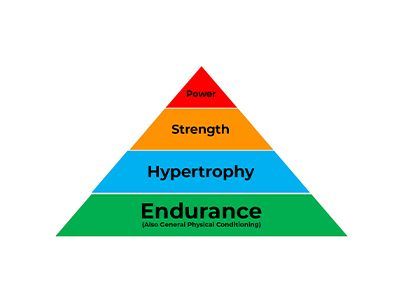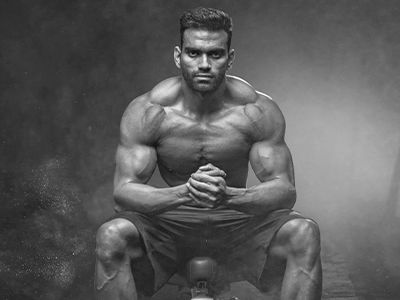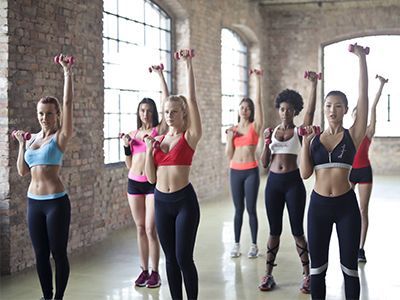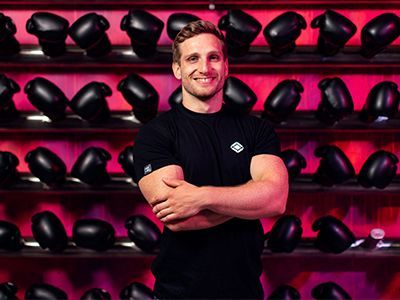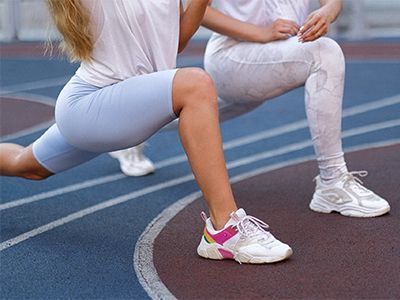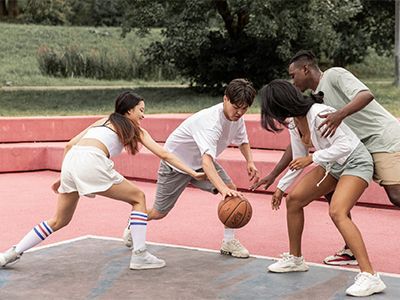Exercise for Older Adults
As we age, our bodies undergo a multitude of changes, from reduced flexibility and mobility to declining cardiovascular capacity and strength. These transformations can often lead to various health issues, including diabetes, cardiovascular disease, arthritis, and more. Moreover, the prevalence of medication among older adults to manage these conditions brings forth additional considerations when prescribing exercise programs.
However, amidst these challenges, there exists a powerful tool that can significantly enhance the lives of older adults: exercise. Tailored exercise regimens, encompassing resistance training, mobility exercises, and thoughtful program design, offer a myriad of benefits that transcend conventional performance goals, focusing instead on improving overall quality of life.
The Power of Resistance Training, Especially for Post-Menopausal Women
Resistance training emerges as a pivotal component for older adults, particularly for post-menopausal females. Beyond just building muscle mass and strength, it aids in fortifying bones, mitigating the risk of osteoporosis—a prevalent concern in this demographic. These exercises not only bolster physical strength but also enhance balance and stability, reducing the likelihood of falls, a significant concern for older adults.
Emphasising Mobility and Flexibility
Mobility and flexibility exercises are equally imperative. They help counteract the reduction in flexibility and agility that often accompanies aging, thereby enhancing coordination and reducing the risk of injury. Gentle stretches, yoga, and tai chi promote flexibility, ease joint stiffness, and improve overall mobility, contributing to a more active and fulfilling lifestyle.
Customised Program Design for Improved Quality of Life
Program design should be centred on improving the overall quality of life rather than solely focusing on performance metrics seen in athletes and younger adults. Understanding the decline in various physical capacities—flexibility, mobility, coordination, cardiovascular endurance, and strength—is crucial.
Considering the prevalence of medication among older adults, it's vital to note how certain drugs, like beta-blockers, can affect heart rate, rendering heart rate monitors unreliable for measuring exercise intensity. Thus, personalised exercise programs need to account for these factors and adapt accordingly.
Addressing Social Isolation Through Group Exercise
The social aspect of exercise should not be overlooked. Many older adults face loneliness and isolation, making group exercise an attractive option. However, the environment of gyms can also be intimidating, necessitating a more supportive and reassuring approach. Tailored group sessions can foster a sense of community, providing encouragement and guidance vital for their adherence to the exercise routine.
Recognising the increased susceptibility to illnesses and chronic conditions, exercise programs need to be meticulously curated, accounting for individual health conditions, limitations, and medication regimens. The guidance of a qualified fitness professional or healthcare provider becomes invaluable in devising safe and effective exercise plans.
The Take Home Message
Exercise can serve as a beacon of hope for older adults, offering them the means to not only mitigate physical decline but also to enhance their overall well-being and quality of life.
As exercise professionals, we have a responsibility to encourage exercise regimens that encompass resistance training, mobility exercises, and thoughtful program designs, so that older adults can relish the benefits of improved physical health, enhanced social connections, and a renewed sense of vitality.
Share this blog
Read more from Academy of Fitness and High Performance
